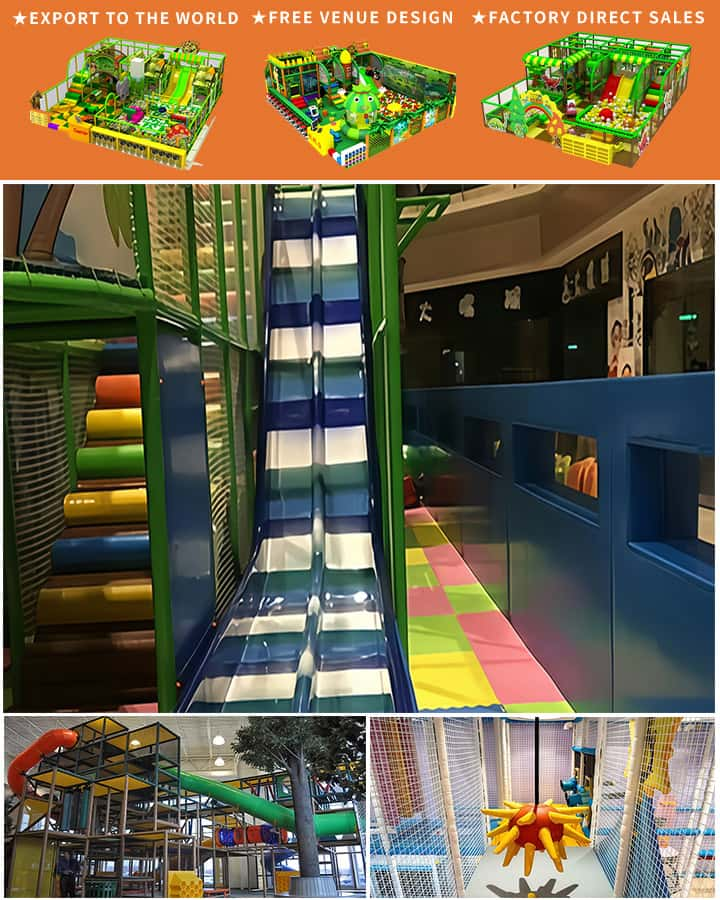When it comes to the early years of childhood, play is an essential part of development. It’s through play that toddlers learn about the world around them, develop motor skills, and grow socially and emotionally. One of the best ways to encourage this kind of learning is by creating a safe and engaging home playground for your toddler. Here are some key pieces of equipment and tips to consider when setting up a toddler-friendly play area at home.
1. Climbing Equipment
Climbing structures are excellent for developing both gross motor skills and coordination. Toddler-sized climbing frames or indoor jungle gyms provide endless opportunities for fun. Look for options with non-slip surfaces and sturdy construction to ensure safety. Adding a mini slide can also increase the excitement and variety of activities.
2. Activity Tables
Interactive activity tables can keep toddlers engaged for hours. These tables often come equipped with various features like spinning gears, bead mazes, and interactive panels. They promote fine motor skills and hand-eye coordination while encouraging imaginative play. Make sure the table is at a comfortable height for your toddler to stand or sit.
3. Ride-On Toys
 Ride-on toys such as rocking horses, push cars, and balance bikes are perfect for active toddlers. These toys help develop balance and coordination. For younger toddlers, choose ride-on toys that offer stability and have a low risk of tipping over. As your child grows, you can graduate to more advanced riding toys like tricycles or small pedal cars.
Ride-on toys such as rocking horses, push cars, and balance bikes are perfect for active toddlers. These toys help develop balance and coordination. For younger toddlers, choose ride-on toys that offer stability and have a low risk of tipping over. As your child grows, you can graduate to more advanced riding toys like tricycles or small pedal cars.
4. Soft Play Mats and Foam Blocks
Safety should always be a priority, especially for young children. Soft play mats and foam blocks not only cushion falls but also create a versatile playing environment. Toddlers can build forts, climb on, or even use the blocks to enhance their sensory and cognitive skills. Ensure that any materials used are non-toxic and easy to clean.
5. Play Kitchens
Pretend play is a vital part of a toddler’s development, and a play kitchen is one of the best tools for nurturing creativity and imagination. These miniature kitchen setups often come with pots, pans, utensils, and sometimes even pretend food. Children love mimicking adults, and play kitchens help teach them basic life skills and social interactions in a fun, pressure-free environment.
6. Bounce Houses
For high-energy toddlers, a small indoor bounce house can be a fantastic way to burn off steam. These inflatable structures provide a safe space for jumping and physical activity. Always supervise your child during play and make sure the bounce house is anchored securely and meets safety standards to prevent any accidents.
7. Sand and Water Tables
Sensory play is crucial for toddlers, and sand and water tables offer endless possibilities. These tables allow children to explore textures and temperatures, promoting cognitive development. Choose ones with lids to contain the mess and ensure they’re made from durable, easy-to-clean materials.
Tips for Setting Up Your Home Playground:
- Safety First: Ensure all equipment is age-appropriate and free from small parts that could be choking hazards. Regularly check for wear and tear.
- Supervision: Always monitor your toddler’s playtime, especially with larger equipment like climbing structures and trampolines.
- Indoor vs. Outdoor: Decide whether your playground will primarily be indoors or outdoors. Indoor setups might focus more on smaller, contained activities while outdoor spaces can accommodate larger structures like swings and slides.
- Storage Solutions: Invest in storage bins or shelves to keep the play area organized. This makes cleanup easier and helps maintain a clutter-free environment.
- Rotate Toys: Keep the play area exciting by rotating toys every few weeks. This keeps toddlers engaged and makes old toys feel new again.
By incorporating these elements into your home playground, you can create a dynamic, educational, and safe environment for your toddler to thrive. The key is to balance fun with safety, ensuring that each piece of equipment serves a developmental purpose while keeping your child entertained and engaged. Happy playing!




